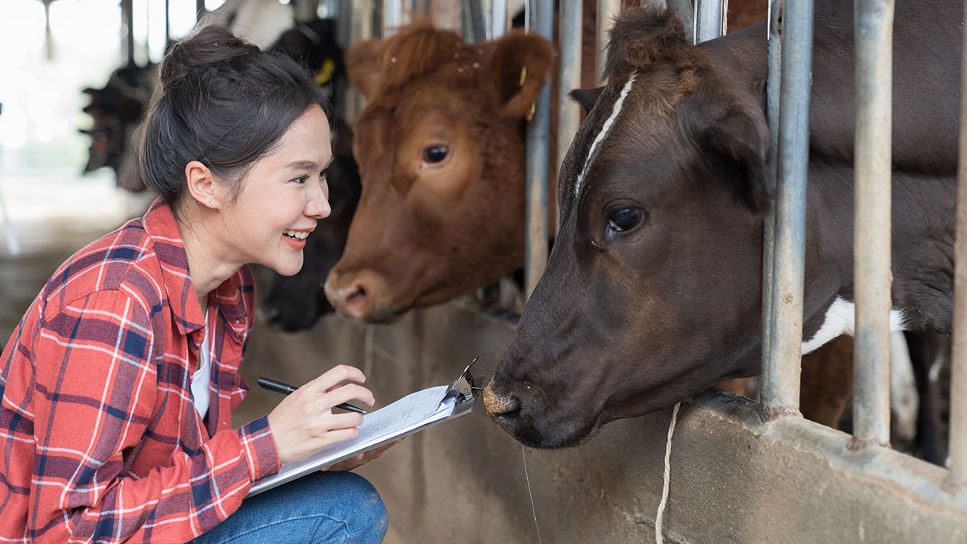Many animals in the wild have primal instincts such as hunting or foraging for their own food, finding or building their own shelter and bonding with other animals. When animals interact with humans and are no longer in their natural environment, they may lose some of these primal instincts. Therefore, it’s important that humans provide animals with necessary elements such as food, water and shelter for protection.
Five Freedoms of Animal Welfare
The concept of the Five Freedoms began when the British government appointed a committee to uncover more about the welfare of farm animals. In December 1965, the committee published a technical report known as the Brambell Report, which said that animals should be able to “stand up, lie down, turn around, groom themselves and stretch their limbs.” This concept was later refined by the Farm Animal Welfare Committee (now the Animal Welfare Council) in the United Kingdom to form the Five Freedoms as they are known today.
The Five Freedoms are a guiding set of animal welfare principles that outline key freedoms that all animals, including those raised for food, should experience in their life. Recognized by many people and groups throughout the world, the Five Freedoms are considered the gold standard approach to protect the mental and physical well-being of farm animals by minimizing negative experiences and states, occasionally with slight modifications. According to the United Kingdom’s Animal Welfare Committee (formerly the Farm Animal Welfare Council), the Five Freedoms are:
- "Freedom from hunger or thirst by ready access to water and a diet to maintain full health and vigour.
- Freedom from discomfort, by providing an appropriate environment.
- Freedom from pain, injury or disease, by prevention or rapid diagnosis and treatment.
- Freedom to express normal behavior, by providing sufficient space, proper facilities and appropriate company of the animal’s own kind.
- Freedom from fear and distress, by ensuring conditions and treatment, which avoid mental suffering.”
How the Five Freedoms Impact Sustainability of Food Systems
Today, principles behind the Five Freedoms are used globally by various people across food systems — including farmers and ranchers — in the development of animal welfare protocols and practices and to shape how animals are raised for food. For example, the Five Freedoms have been referenced in policies and have influenced accreditation programs and legislation with specific requirements, such as clear minimum space standards for farm animals to lie down or standards for veterinary care for sick animals.
Accreditation programs offer a third-party certification to indicate humane animal welfare standards. Many programs in the United States, such as American Humane Certified, Certified Humane®, and the Beef Quality Assurance program, incorporate the Five Freedoms in their certification standards. Most food companies that leverage these certification programs include the certification logo on their packaging, menu or website to inform shoppers of their humane animal welfare practices.
Going Beyond the Five Freedoms
As science and understanding of animals continue to evolve, some experts suggest the Five Freedoms should be replaced with guiding principles that not only prevent negative experiences, but also promote positive experiences, giving all animals a life worth living. The Five Freedoms outline the minimum acceptable standards for animals, and this proposed approach would continue to improve their quality of life. However, it would have implications for food systems including resources, costs, labor and more. Food systems will need to adapt to meet evolving animal welfare needs in the future.
References
Find a Nutrition Expert
Looking for credible nutrition information and recommendations? The Academy of Nutrition and Dietetics' network of credentialed food and nutrition practitioners are ready to help!

